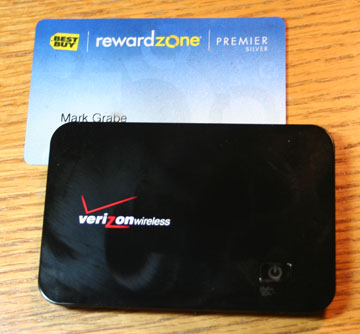The Pew Internet and American Life project has released another report concerning how and how much we use the Internet. The focus of this most recent post was the rapidly increasing use of wireless Internet use. The study reports that 1/3 of Americans have now accessed the Internet using a cell phone or smart phone. I tend to interpret the data sources I follow based on my interest in educational applications and I know there is growing interest in smart phones in classrooms. My immediate reaction is based not on the number of families or teens with cell phones, but the number with a data plan. The proportion of those who have a cell phone who have browsed the Internet, watched a video, or sent email is 25% or less. I wonder if this is approximately the proportion with a data plan.
I think access issues are important. I find netbooks appealing because the lower cost may make it practical for schools to provide each student with a “learning device”. The limitation is home access. Equity cannot be achieved without home access.
I am a fan of the iPhone but I cannot own one because I live in North Dakota. Another equity issue, but I guess I have other resources. The rumors of an Apple tablet are also intriguing. Again, a mobile device that will rely on cell access rather than or perhaps in addition to wifi.
The problem is the cost of data plans. As I have explained in my other blog, I now have a solution to iPhone problem in North Dakota. I have discovered mifi.

Here is my mifi. As you can see, it is about the size of a credit card and maybe 1/3 inch thick. A mifi is a combination EVDO and wireless access point. In other words, it uses a cell service (Verizon in this case) and then extends this as wifi to up to 5 devices in a 30 meter circle (if I remember correctly). Here is what is cool. I can put this device in my pocket and use my iPhone touch as a very mobile computer. I become my own walking access point. If I was younger I could be my own running access point.
Here is the down side. We pay $60 a month for 5 gigabyte access. I was concerned about the quantity of content we would normally download/upload. We were out of town over the weekend with Cindy’s brother and wife and we all connected – sometimes two computers and my Touch at one time. No video or music that I remember, but lots of Internet use, Twitter, email, etc. Several hours a day I would guess.

We used only a fraction of a gigabyte so 5 gigabytes would probably meet the needs of an average family if there was not a need to download movies.
Still, $60 is more than basic cable (with no quantity restrictions in most locations) and as an annual expense far exceeds minimum hardware costs.
We worry about inexpensive devices. We worry about the cost of content. Seems to me that the immediate challenge is the cost to connect. At present, the real opportunities that exist are available only to some.
![]()